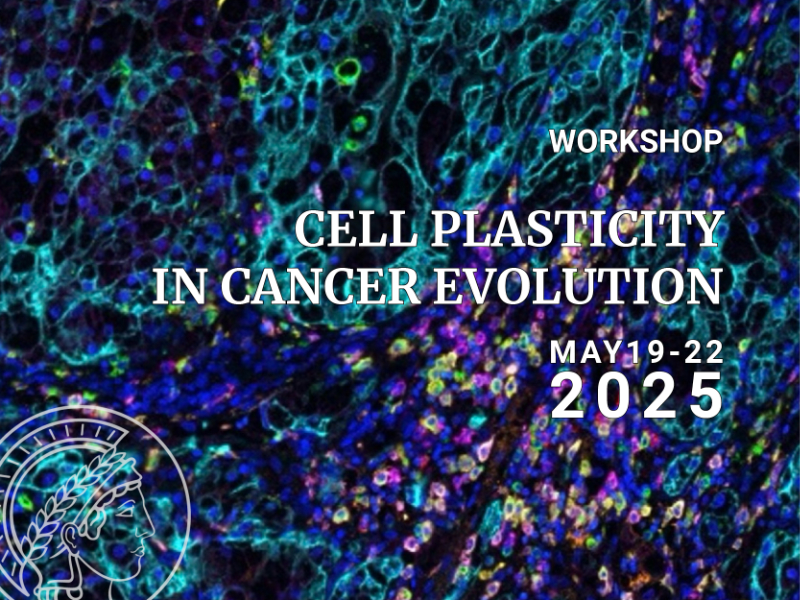Speaker
Description
Authors: Gopinath Sadhu, Helen M Byrne, and D C Dalal
Oxygen heterogeneity is a common feature in solid tumors. Oxygen deficiency in a tumor can trigger various events such as metabolic adaptation, angiogenesis, and epithelial-to-mesenchymal transition (EMT), which contribute to the invasion process. In this work, we propose a mathematical model to describe how oxygen levels within a tumor impact EMT and its reverse process, mesenchymal-to-epithelial transition (MET). The mathematical model consists of a system of partial differential equations (PDEs) describing the spatiotemporal evolution of epithelial, mesenchymal, and necrotic cell densities, as well as oxygen concentration. Scientific literature suggests that mesenchymal cells acquire motile properties. In this study, we consider mesenchymal cells to exhibit only random motion. Oxygen levels may fluctuate spatiotemporally. We examine the impact of spatially uniform oxygen levels and temporal fluctuations between hypoxic and normoxic states at the tumor site on EMT dynamics. Our observations indicate that the tumor transitions into a single-phenotype population depending on the oxygen levels at the tumor site. Simulation results also suggest that shorter periodicity of oxygen fluctuations leads to an increase in the total tumor volume. The model is applied to an in vivo scenario where oxygen diffusion is considered to investigate how spatial oxygen heterogeneity influences EMT dynamics. The simulations demonstrate that heterogeneity in oxygen levels results in a mixed tumor population, with epithelial cells concentrated along the tumor's outer boundary and mesenchymal cells predominantly at the core. Further simulations indicate that higher mesenchymal diffusivity promotes epithelial cell density and contributes to an overall increase in tumor volume.

